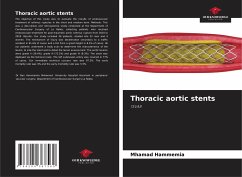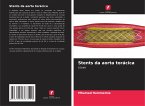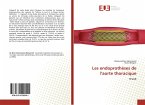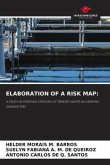The objective of this study was to evaluate the results of endovascular treatment of isthmus ruptures in the short and medium term. Methods: This was a descriptive and retrospective study conducted at the Department of Cardiovascular Surgery of La Rabta, collecting patients who received endovascular treatment for post-traumatic aortic isthmus rupture from 2010 to 2018. Results: Our study included 36 patients, divided into 32 men and 4 women. The mechanism of injury was deceleration secondary to a traffic accident in 91.6% of cases and a fall from a great height in 8.3% of cases. All our patients underwent a body scan to determine the characteristics of the lesion, to size the stent and to detail the lesion assessment. The aortic lesions were grade II (19.4%), grade III (72.2%) and grade IV (8.3%). The stent was deployed via the femoral route. The left subclavian artery was covered in 77% of cases. Our immediate technical success rate was 97.2%. The early mortality rate was 0% andthe early morbidity rate was 5.5%.
Bitte wählen Sie Ihr Anliegen aus.
Rechnungen
Retourenschein anfordern
Bestellstatus
Storno








